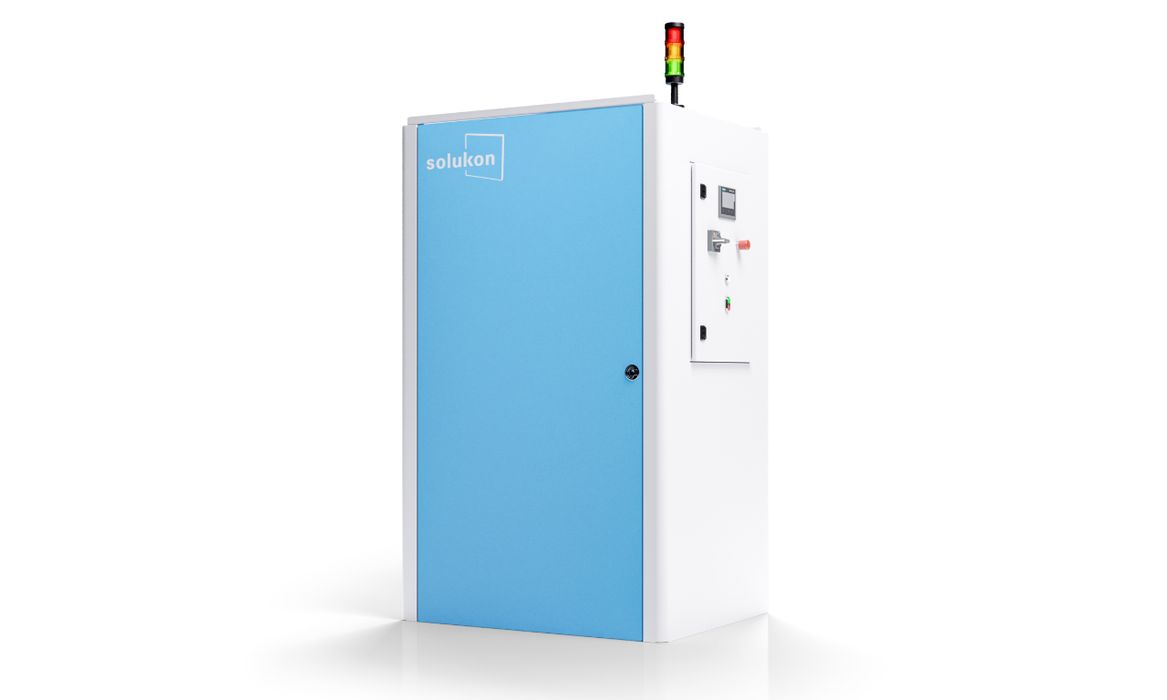
Solukon announced an interesting powder collection unit.
The new SFM-PCU is intended to help with the messy process of powder handling with LPBF metal 3D printers.
The LPBF process involves blasting a laser at a flat powder surface, selectively fusing some of the powder. Layer after layer, an object is gradually built up. When finished, the metal object is buried in the build chamber along with all the powder on each layer that wasn’t fused.
This means that there is quite a job to remove all that metal powder. Some metal 3D printers will vacuum up the major portions of the powder back into the system for recycling. However, there’s always some powder left in crevices on the metal print.
This is then moved to depowdering units that use a variety of approaches to somehow dislodge and capture that stray powder. This is a critical step, as some metal production parts must be absolutely free of loose powder. Imagine, for example, you just received a 3D printed replacement hip — and there’s loose powder in it. Some production facilities require this step to maintain their certifications.
The depowdering units spin, tip, shake and air blast the prints to get rid of that powder. But where does the powder go? It’s collected in the depowdering unit, and eventually must be disposed of.
The problem is that metal powder is not the greatest item to have lying around. Metals can be toxic, and fine powder can easily become airborne and inhaled. Even worse, certain metals are actually explosive if combined with oxygen and a heat source. Because of this LPBF 3D printers always have a way to purge the build chamber of oxygen before printing with hot lasers begins.
After depowdering, however, that metal powder is contaminated and cannot be reused. But it’s still dangerous.
The new SFM-PCU is designed to take over at this point. It connects to depowdering units via a vacuum hose system, which slurps up the contaminated powder and collects it for proper disposal. This would be ideal for a production facility that has multiple depowdering units, where they could all be emptied by the SFM-PCU.
The SFM-PCU provides a perfectly safe process for handling the contaminated powder, as it flows directly from depowdering stations for easy disposal.
Not every 3D printing operation will have a need for this type of equipment, but larger metal print services could certainly have interest in the SFM-PCU.
Via Solukon
